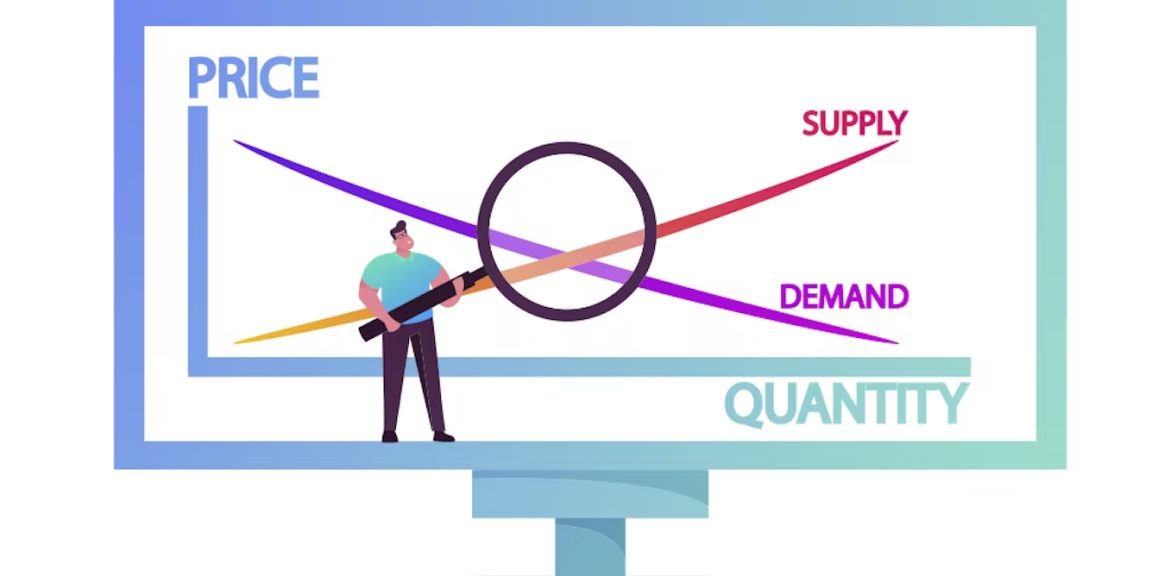Microeconomics is the study of the larger economy on a granular scale. It boils down the immense figures into small bits to make the larger picture, clearer. It is to be remembered, that at the end of the day, the entire thing is based on supply and demand with various other terminologies thrown in. In this article, we will see a few real-life examples of microeconomics.
Demand
As mentioned in the paragraph above, demand is one-half of the most important concept in economics. Demand is dependent on many factors like the economic condition of the general populace, consumer preferences, pricing, and consumer behaviour. It is also one thing to create demand artificially. One of the greatest examples would be Disneyland. The urge among the population to take their families out was always there, the missing piece was a destination
Supply
If we are talking about demand, then supply cannot be far behind. The demand must be equally met with the supply. If there is a mismatch between the two, then there becomes a pricing challenge. Costs of individual units go up since the cost of production remains the same. A recent example of that would be the Russia-Ukraine conflict, which has disrupted the global supply chain of semiconductors, energy, and a few agricultural products. A look at the microeconomics will suggest that diversification and building a resilient supply chain is the way forward.
Opportunity Cost
Opportunity cost is defined as the value of sacrifice when one option is overridden by another. A real-life example would be going to a movie. The opportunity cost would be sitting at home and reading a book or sleeping or watching Netflix. However, it would be too simple to exemplify opportunity cost if compared with a movie visit. Opportunity costs are analyzed through a thorough Cost Benefit Analysis (CBA). Investors often calculate opportunity costs based on the stocks they have invested in.
Elasticity
Not everything elastic belongs to physics; microeconomics too has a role in it. Elasticity is the condition when supply and demand respond to change. Households globally respond to a price change in their own way. The deciding factor generally is the individual capacity of the households. The best real-life example of this would be every individual household. Parents will tighten their spending once the prices rise whilst a bit of leeway is provided when the reverse happens. Elasticity also investigates the condition when, under specific financial conditions, households look for substitutes.
Competition
All major brands engage in theorizing price wars to make the most of the consumer market. If Nike pushes its prices down, Adidas must create greater value to stay afloat in the competition. Competition improves the quality of goods and provides the consumer with greater options. Microeconomics plays a great role in the hotel and hospitality sectors. Luxury hotels, that have a specific clientele, are always on the lookout to provide more with less to widen margins, without affecting the brand the quality of service.

